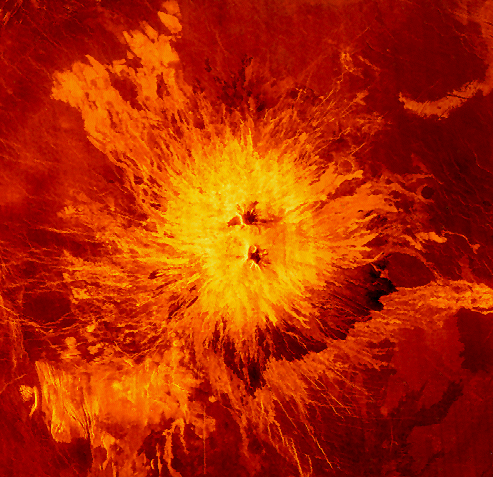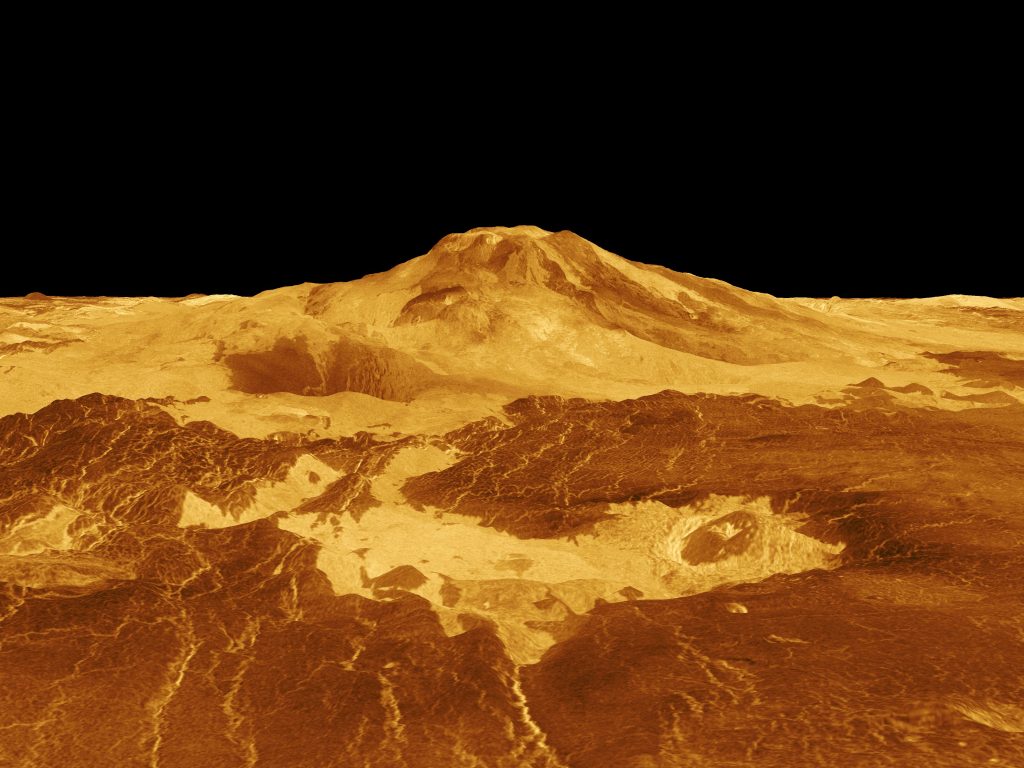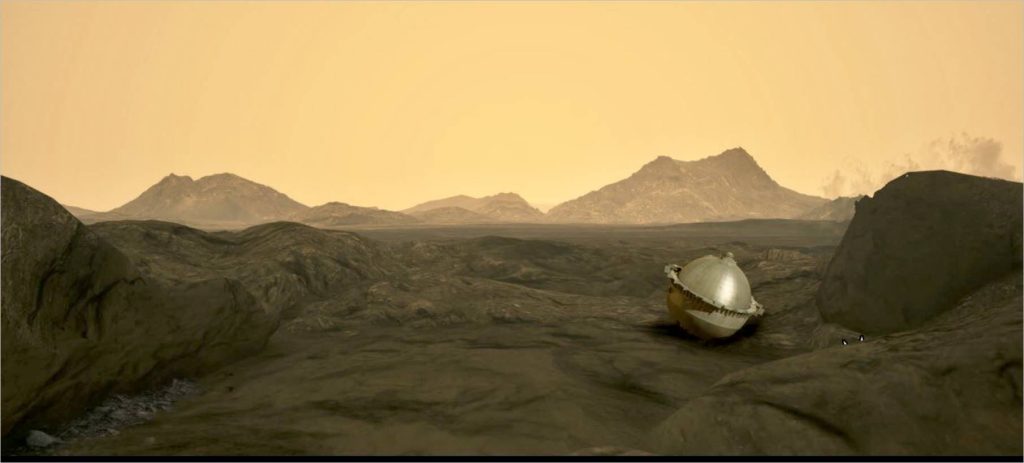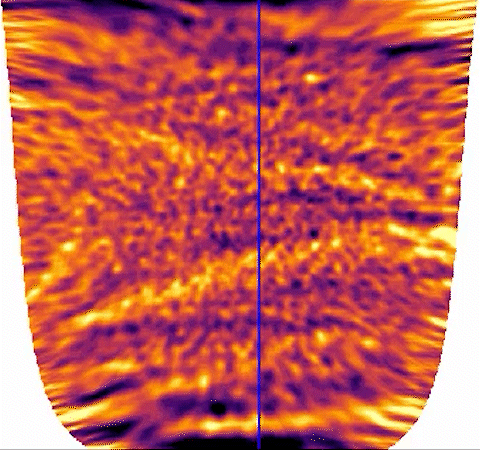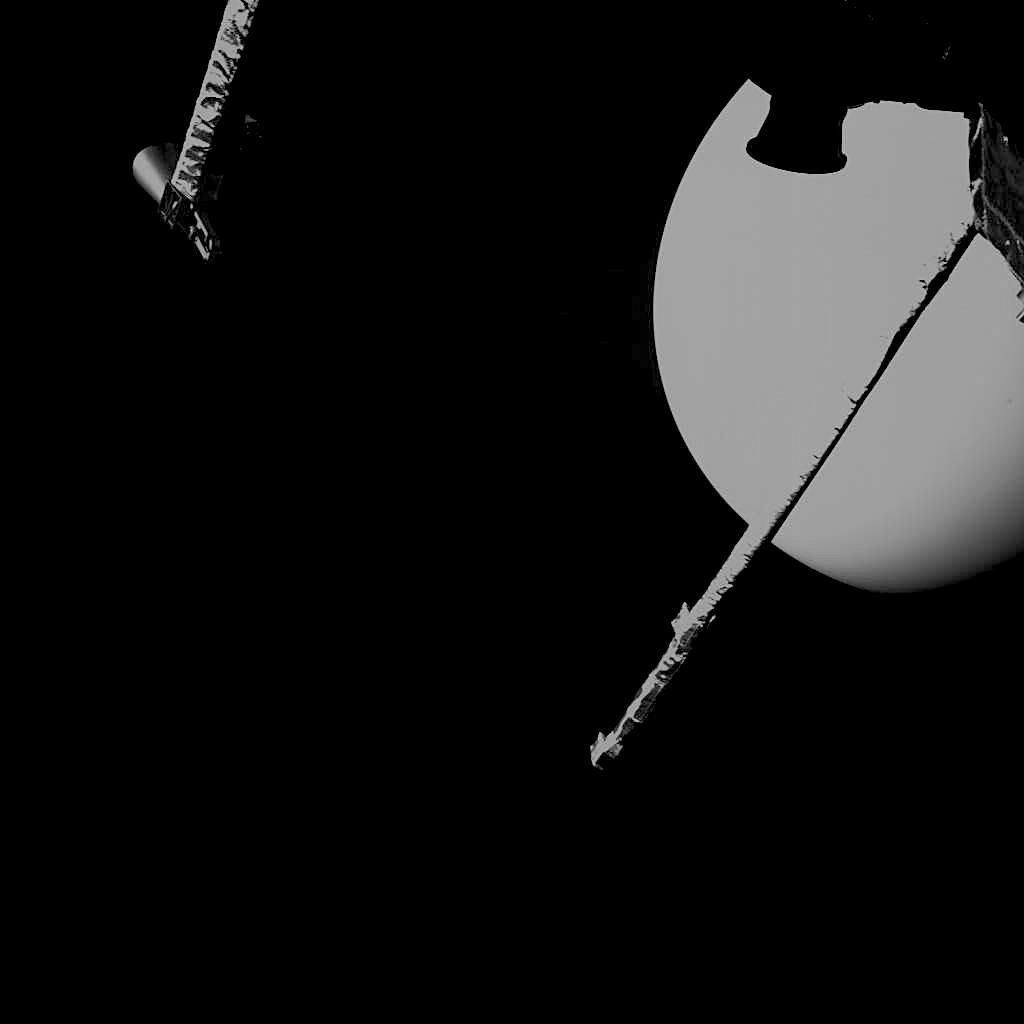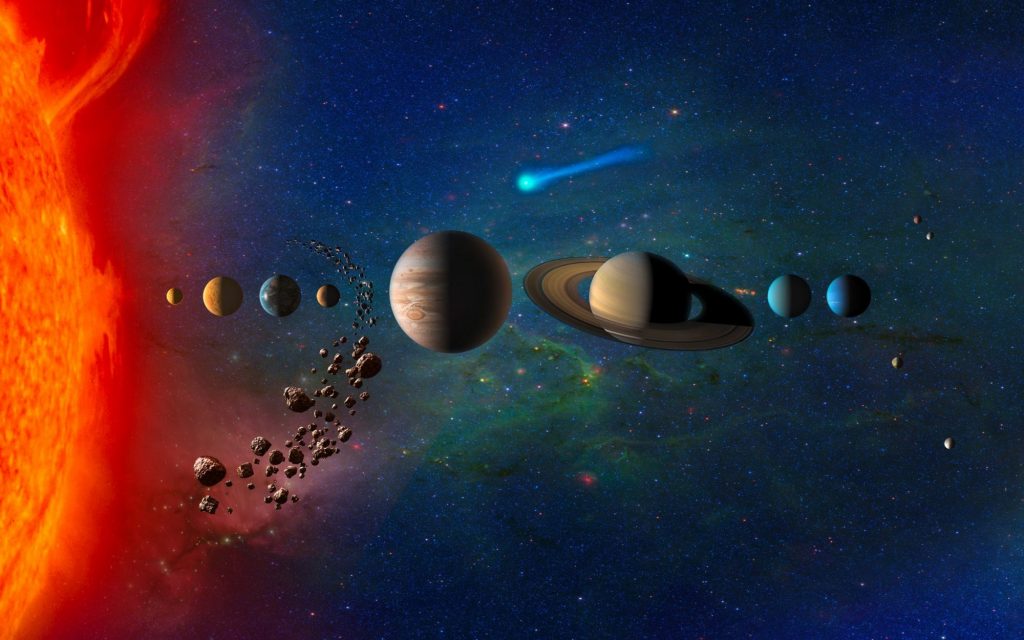85,000 volcanoes on Venus
You are planning a trip to Venus? Then you'd better avoid the numerous volcanoes there. This works better with good map material, as it is now finally available: Planetologists Paul Byrne and Rebecca Hahn from Washington University have counted 85,000 volcanoes on our neighboring planet Venus - and entered them on a map for the first time. The accompanying database is publicly available. "This work is the most comprehensive map of all volcanic structures on Venus ever produced," says Byrne, associate professor of earth and planetary sciences at Washington University in St. Louis. "It provides researchers with an enormously…
